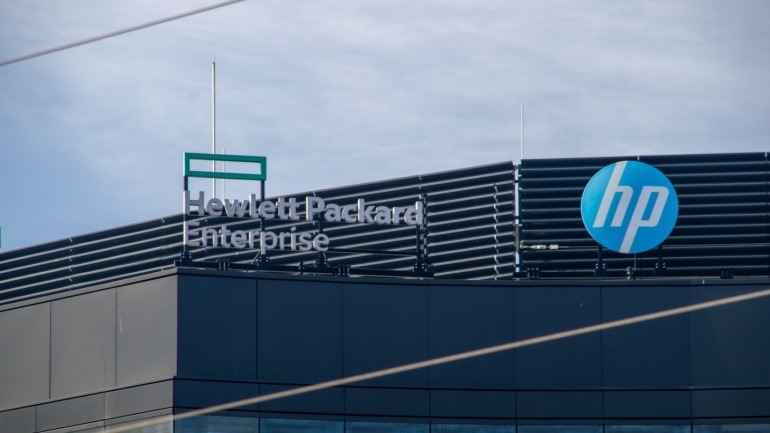While the aesthetic impact of telephone poles has often been criticized, a fresh survey from ISPA reflecting the British population’s perspective may beg to differ. Almost 70% of the UK’s populace would welcome a new telephone pole if it delivers improved broadband, underscoring the perceived significance of connectivity advancement over visual aspects.
From the survey, which included 2,563 participants, about 75% consented to having telephone poles if they ensured excellent broadband. Nearly 70% agreed to a new pole if it improved their broadband experience, while a minor 17% would reject such an option. Interestingly, 37% were indifferent towards telecoms poles, rarely or never noticing them, with 19% admitting that they notice them “frequently or always”.
Economically, installing overhead poles as a broadband infrastructure, though not as appealing as buried cables, proves to be significantly cost-effective. The study asked whether the respondents were willing to pay extra for underground network installment, where 61% declined such an arrangement. From the 30% who were ready to pay an extra fee, the average additional contribution was £179. This amount is substantially lower than the actual cost of burying the connection underground.
Steve Leighton, ISPA’s chairman, emphasized that poles had always been an integral part of the UK’s telecommunication history, and the new data highlights the general acceptance of this by a majority of the UK population. He assured that new pole erecting would only be a last resort, with member organizations striving their best to accommodate local fears. However, the reality that the public is unwilling to pay more for hidden underground cables was also stressed.
He further promised proactive engagement with the Government, ensuring appropriate reflection of local concerns but warned against an objection situation by a minority leading to inflated prices for all. He concluded that the data demonstrated the UK population’s acceptance of poles as a primary feature of their telecommunication network and reluctance to spend more on hiding cables underground.
It’s important to consider the backdrop against which this study was released. Last month, the UK government called on network operators to limit telegraph poles to reduce community impact. Parallelly, the government also aims to make gigabit-capable broadband available to 85% of UK premises by 2025 end, posing a challenge to the broadband community as formal limitations on deployment methods were threatened. The ISPA was prepared for this move and conducted the survey back in February to win the government over and emphasize that telegraph poles burden communities less than they are given credit for.







